Nobody is benefitting from NTO 2.0, say industry insiders
The overwhelming feeling within the broadcasting fraternity is that nobody is going to benefit from NTO 2.0 – be it the end customers, cable operators or the broadcasters, nobody in the value chain stands to benefit from TRAI’s new pricing regime. In fact, as a television industry veteran said on condition of anonymity, “it’s been three years since the regulator has been trying to regulate the TV pricing, but nothing significant was achieved, except leaving the industry to fend for itself”.
Industry insiders are unanimous in their view that TRAI is unnecessarily meddling with the ecosystem, with no obvious benefits to anyone.
“I fail to understand who is gaining in this. Consumers are definitely not getting benefitted out of it. The broadcasters, the advertisers, the consumers, the cable fraternity – everybody is going to lose in this battle,” asserted a senior broadcast executive, who did not wish to be named.
Once NTO 2.0 pricing comes in effect, what will it mean for users at the lower end of the spectrum?
The likely scenarios
There are different price points and different kinds of consumers, said the broadcast executive. According to him, there are three types of consumers and each will behave very differently. He noted, “Consumers who are at the bottom of the pyramid will find that cable is becoming very expensive and will go for DD Free Dish. People in the middle of the pyramid, who were subscribing to a larger basket of channels, will now reduce the number of channels by paying either the current tariff or slightly more. And people in the top of the pyramid, who were buying a lot of channels together, will now pick and choose and reduce their ARPU. And they will move more towards OTT.”
Will OTT become a viable alternative for TV? “No. OTT is not going to meet the needs of TV,” insisted an industry insider. “People will not start to consume OTT content all of a sudden. I’d assume broadcasters should start a reasonable subscription for television on OTT. Channels will be much cheaper on an OTT platform. Consumers chase content. There are certain shows which are available on OTT but not available on TV, and vice versa. People will not be switching over to OTT overnight because TV has suddenly become expensive,” he maintained.
According to him, the problem is that the consumer wants so many choices. “I don’t know if the consumer wants to go channel by channel and choose. It doesn’t work that way. They might not use certain channels, but they don’t mind if it is available as a package. That is one. Number two is that despite all this, if ARPU is still going up, then there is something wrong in the whole mechanism. Consumers are losing; the broadcaster is losing out in terms of reach, because of which advertising revenue will get impacted. And the cable person will see fewer offtakes of channels. And some of the consumers will move away from pay-TV because of the excessive tariff,” he opined.
The impact of NTO 2.0 has been that for a consumer who was paying a high ARPU, his bill has gone down, because he is choosing the channels that he will watch. However, for a consumer who was paying Rs 150-200, the ARPU has gone up.
Nevertheless, given the context of the likely tariff increase, there will be an upsurge in OTT viewing.
“Netflix will be unaffordable to many people. Still, if you add all the OTT subscriptions, it will come to less than Rs 300 per month, which is less than the revised monthly cable bills. But it is also not practical and easy to subscribe to all the OTT services. How many apps are you going to have? It is not going to be easy,” said the broadcast executive.
“Our country was working based on market forces; different markets had different pricing structures. People had a wider choice. Now you are restricting the choice, yet the consumer has to pay more. It’s not making sense. The whole value chain is getting affected. NTO 2.0 is not serving the purpose. If you analyse the consumer behaviour in terms of making a la carte choice, how will the cable industry administer it? It will lead to a significant drain of people from subscription. The number of people subscribing to channels is falling, yet the cable prices are going up. So, how does it work?” he asked.
From TRAI’s perspective, in this whole process, the regulator seems to have two objectives. One is to give consumers a choice. The second is to create some kind of a pricing mechanism to bring in transparency.
Another broadcast executive felt that a bouquet of channels would be an ideal option. “A typical Indian housewife tells a cable operator why do you give so many channels, expecting that if the cable operator reduces the number of channels, the price would come down. They don’t know how business works – a bouquet of channels is the best suitable for their households as broadcasters are able to cross subsidize their channels as a weak channel in a bouquet (like NGC) may one day become a mainstream channel.”


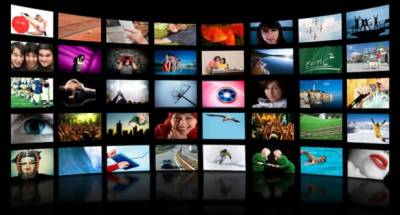
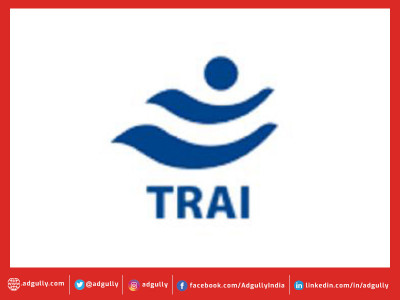
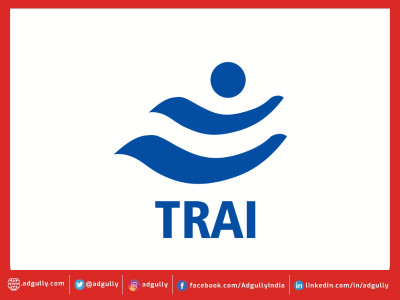
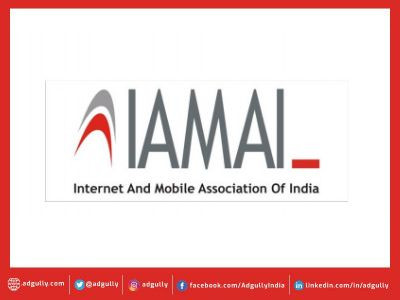



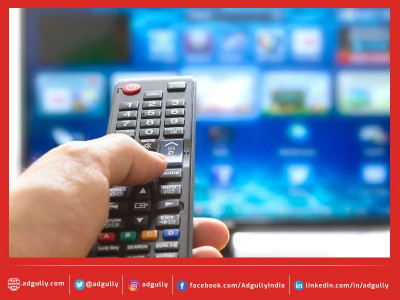




Share
Facebook
YouTube
Tweet
Twitter
LinkedIn